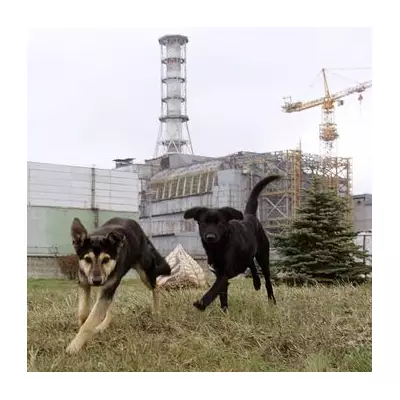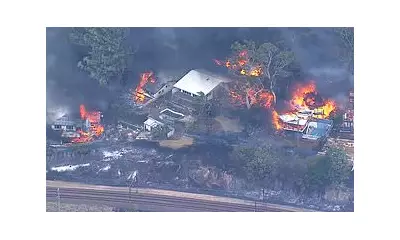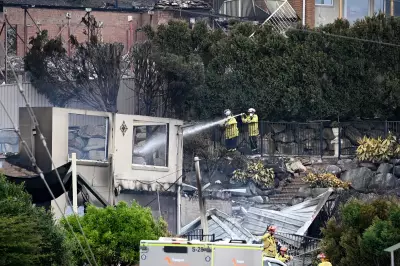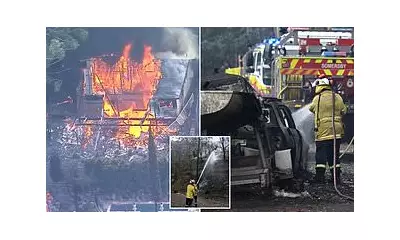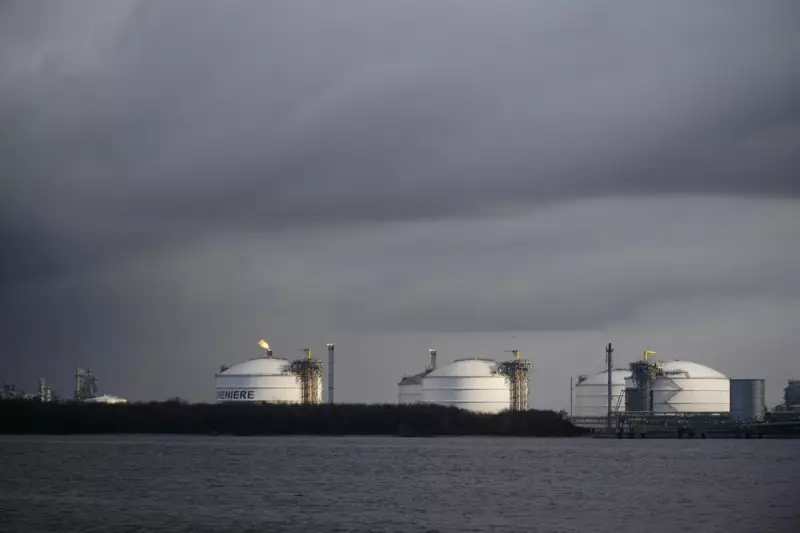
In a significant environmental policy shift, the Biden administration has unveiled stringent new pollution controls targeting the rapidly expanding liquefied natural gas (LNG) terminal sector across the United States.
Cleaning Up the Gas Industry
The Environmental Protection Agency (EPA) has finalised rules that will compel LNG export and import facilities to dramatically reduce their emissions of hazardous air pollutants. These landmark regulations represent the first comprehensive federal effort to address the environmental impact of these massive energy installations.
The new standards specifically target cancer-causing chemicals and smog-forming compounds that have raised serious health concerns in communities neighbouring these facilities. Environmental groups have long argued that LNG terminals have operated with insufficient oversight regarding their air pollution footprint.
Addressing Environmental Justice Concerns
This regulatory crackdown comes amid growing evidence that pollution from LNG infrastructure disproportionately affects low-income and minority communities. Many terminals are located in areas where residents already face multiple environmental burdens.
"For too long, these facilities have pumped dangerous pollutants into the air with minimal accountability," an EPA official stated. "These new standards will ensure that the LNG industry operates with modern pollution control technology."
Industry Impact and Response
The regulations are expected to affect numerous facilities along the Gulf Coast and other strategic locations where LNG infrastructure has expanded rapidly in recent years. The industry had previously enjoyed regulatory exemptions that critics argued were outdated.
While environmental advocates have welcomed the move, industry representatives have expressed concerns about compliance costs and potential impacts on America's position as a leading LNG exporter. The rules will require significant investments in pollution control technology at existing and planned facilities.
This decisive action represents a major step in the administration's broader environmental justice agenda and could set new precedents for how energy infrastructure is regulated in the United States.

